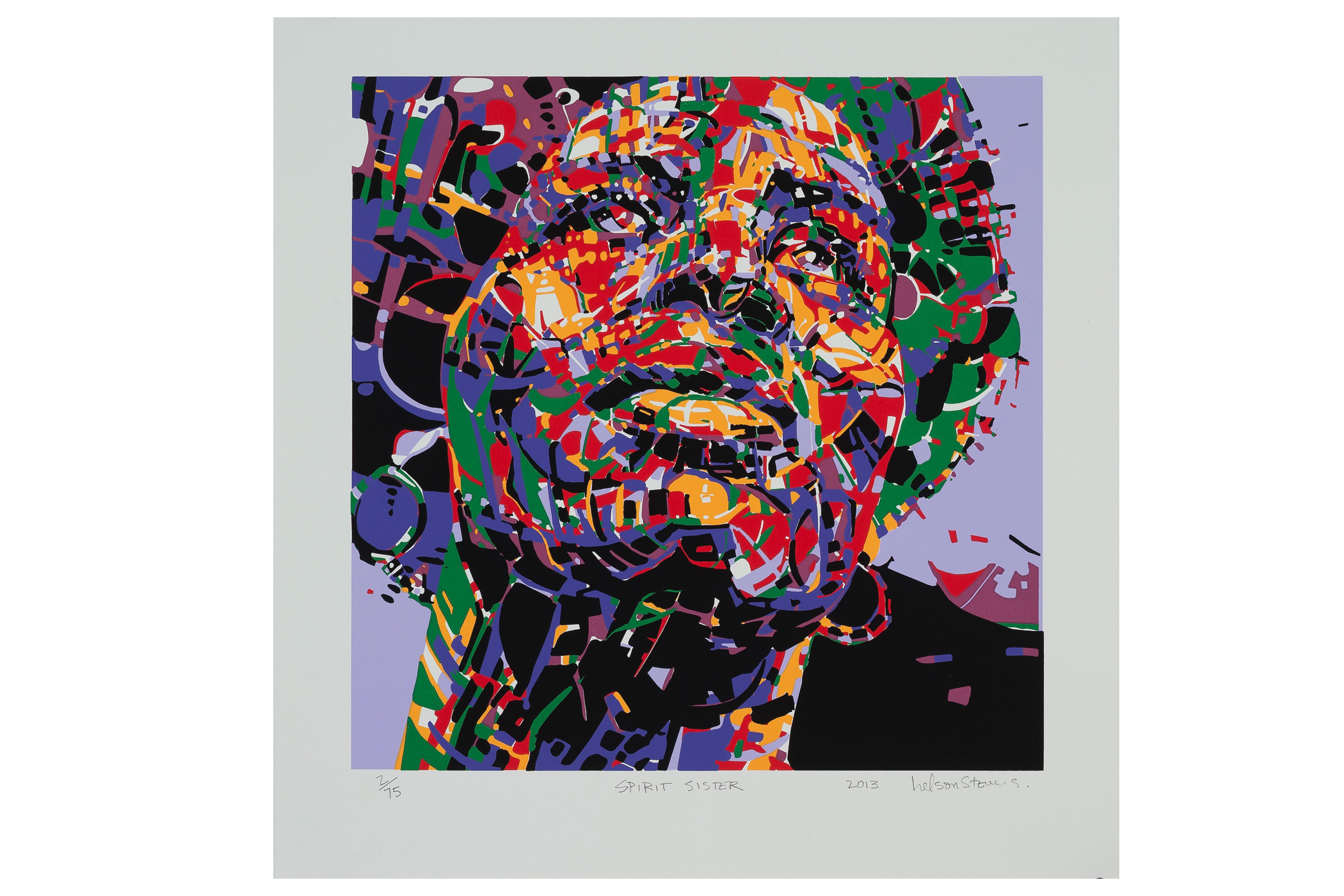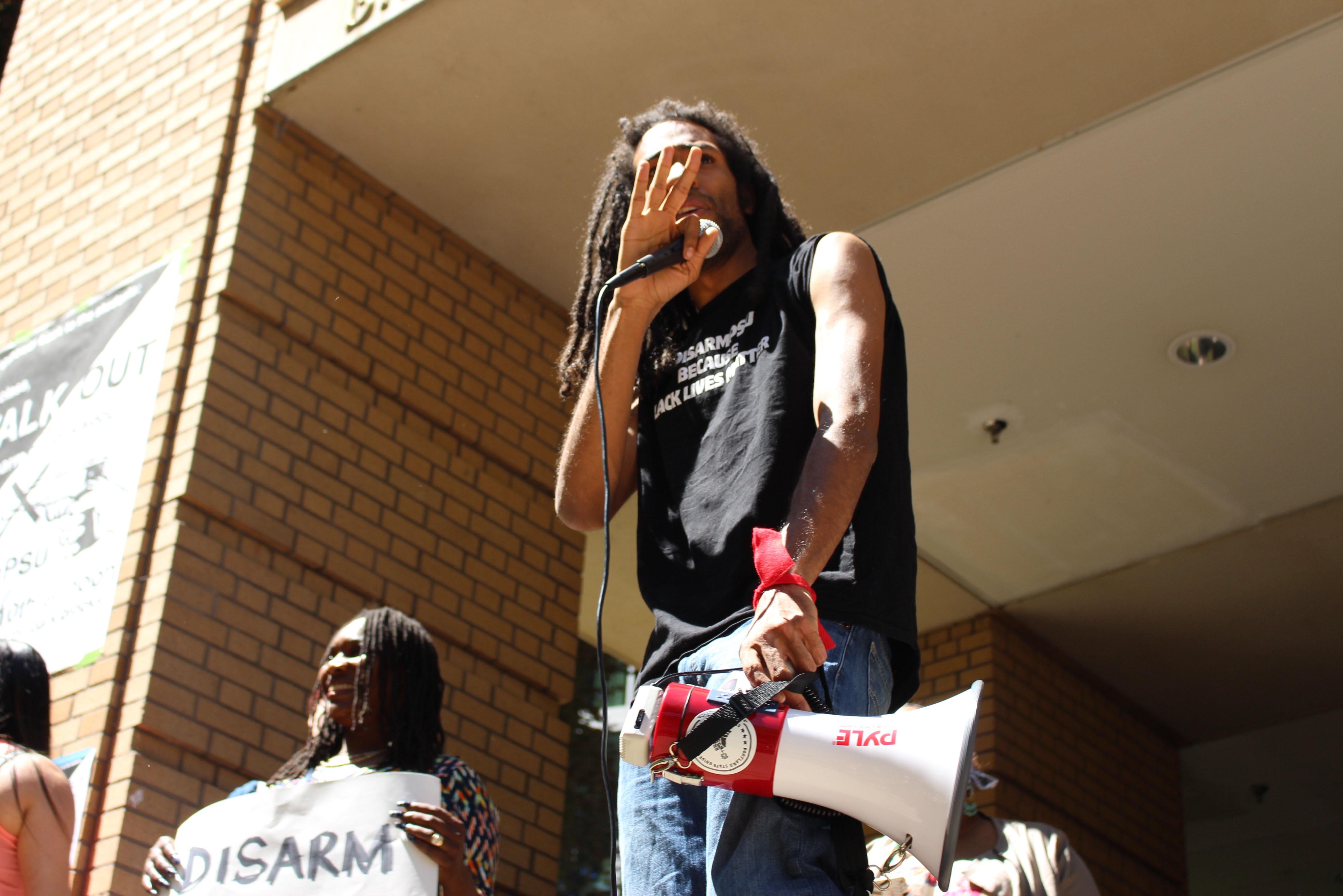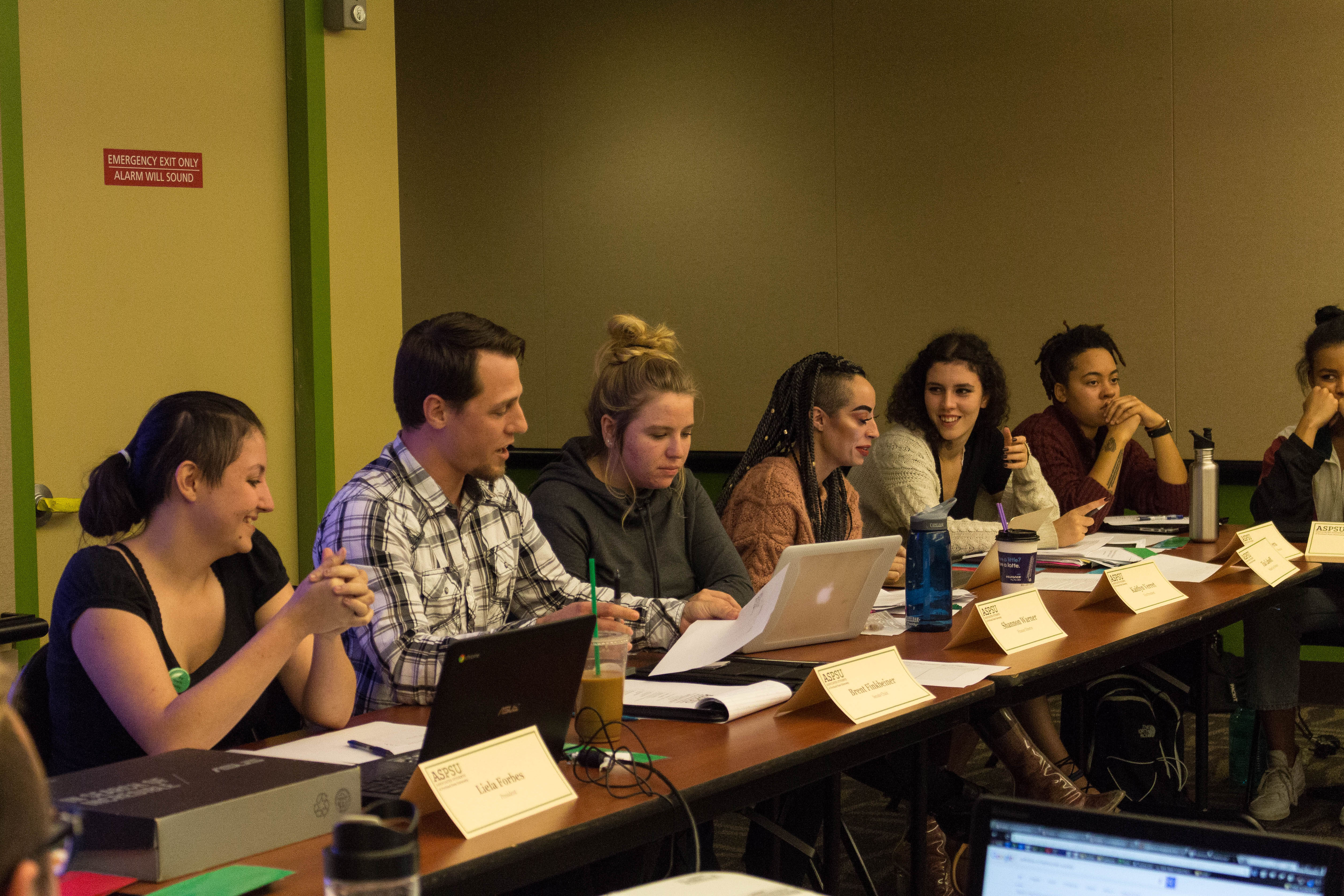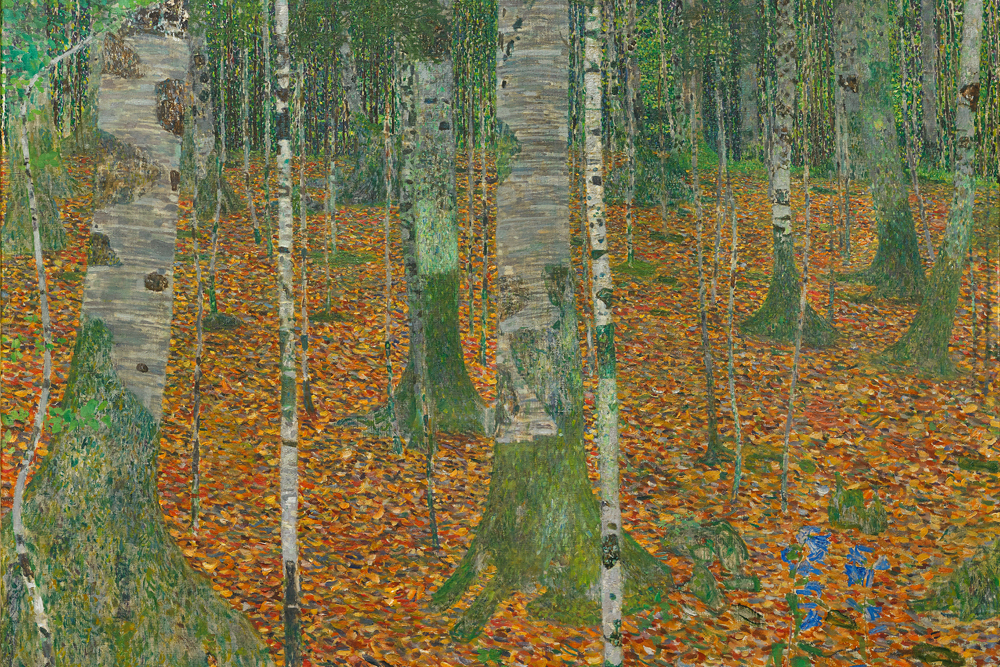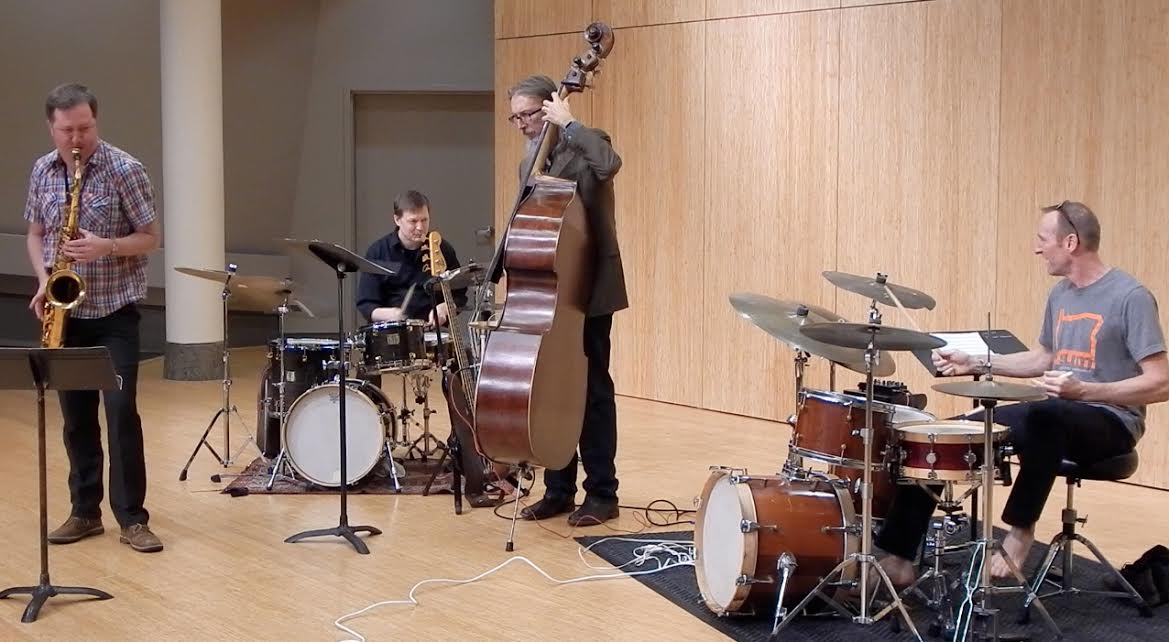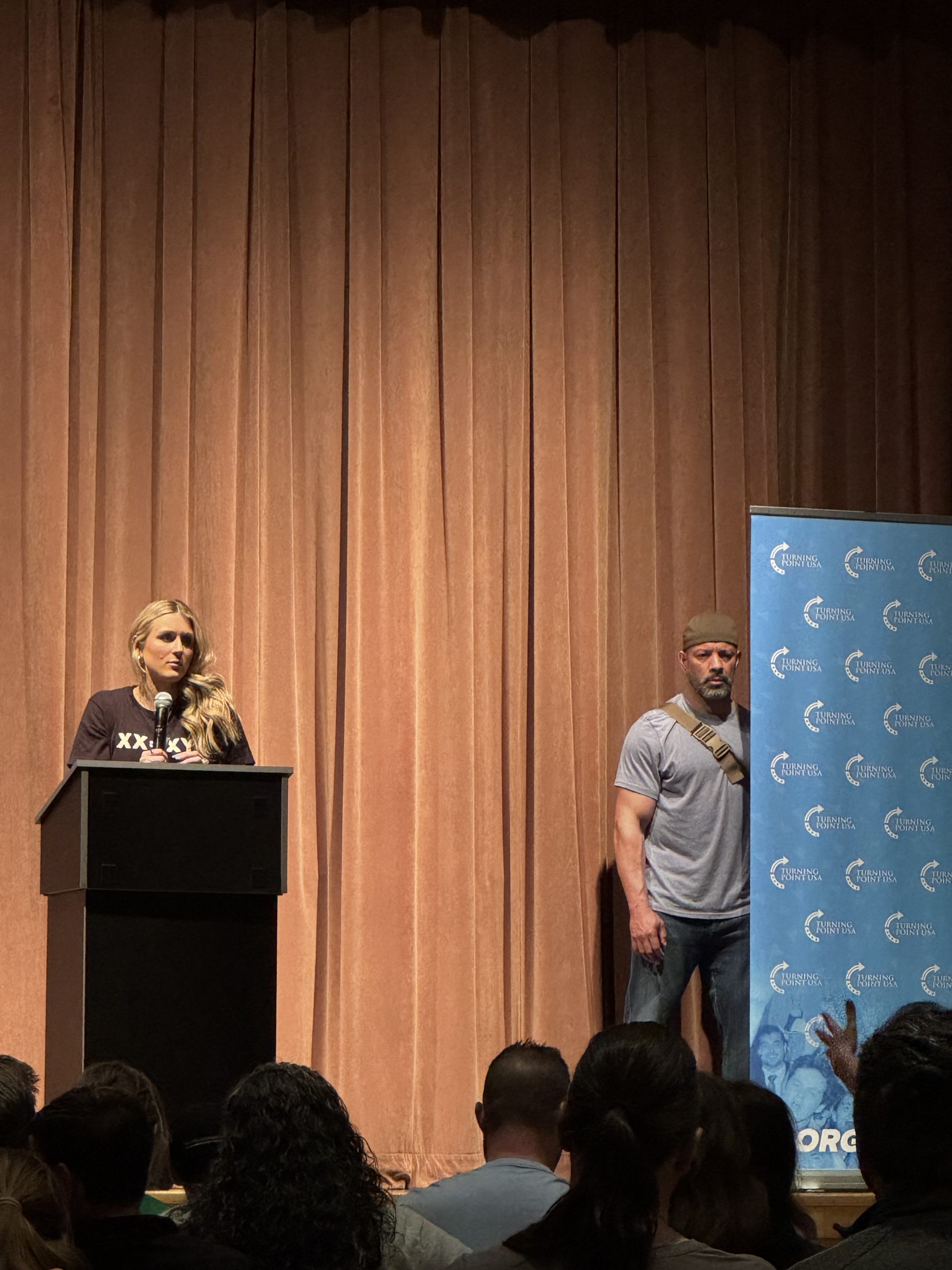If you are inspired by issues surrounding personal identity—such as race, gender, and community—and if you have a free afternoon to bask in the beauty of unique and inner strength-based art, you should take a walk up the Park Blocks to the Portland Art Museum. Students of all ethnicities and backgrounds can benefit from attending the Constructing Identity exhibit, only a few blocks north of Portland State. This bold and inventive collection, presented by the Petrucci Family Foundation Collection of African-American Art, offers a new voice and value to the history and identity of African-Americans. The themes of Black History Month 2017 can be found in the collection, which will remain on display through June 18, 2017.
The exhibit is divided into overlying themes used to break down and reconstruct the identity of African-Americans through artistic expression. Reminiscent of the culture and style of the art that put black people into the artistic foreground during the Harlem Renaissance, the collection tells a story of a culture that was historically identified in comparison or contrast to dominant, Anglo-Saxon values—hence the construction of a black identity.
PSU student Chauncey Wheeler-Scott—psychology major, guest speaker on KPSU, and prospective childhood education graduate student—commented on the positive influence that an exhibit featuring the voices and perspectives of minorities can have on other students, and on all citizens of Portland.
During a telephone interview, Wheeler-Scott explained her position on the need for exposure to African-American art: “Portland is a very white experience, a very gentrified experience. Black communities that have been here for years are being pushed out.” Like many PSU students motivated to fight for the equality of all people, Wheeler-Scott feels that “change requires awareness…Understanding where people are coming from is understanding their identity.”
The artists here have fought to address and expand on this reality by creating a realm of imagery depicting self-perception that is truer to their lives than the predominant conceptions of black people that have been crafted by ideals of whiteness.
The art in this exhibit represents themes of community, gender, faces, the land, abstraction, and the spirit. Pieces labeled by the theme “Gender,” for example, depict images of black women wearing wraps (scarf-like garments wrapped around the hair) and humble clothing, while those labeled “Community” present black-and-white images of a group of proud looking young black men standing side by side. The themes in no way limit the scope or medium, and enthusiasts can even find a five dollar bill dressed up to give Abraham Lincoln a stylish, distinctly African-American ‘fro. The collection not only attributes all this history but also corrects and reconstructs the image of the African-American.
The significance of this exhibit of paintings, sculptures, prints, and other multi-medium pieces symbolizes the variety and persistence of African-American artwork, constructing a self-identity within the larger context of American history. Berrisford W. Boothe, professor of art at Lehigh University and the exhibit’s curator, discussed the need for the expansion of black art.
“African-Americans as a people exist within and outside the boundaries of their race identity as human beings, and as such, they were and remain integral to an accurate structural, political, and representative concept of the United States,” Boothe said. The identity of black people was influenced by the construction of an American nationalist identity, but at the same time they have a place both in history and in the present, as they have equally shaped the meaning of the United States.
After all, this country was founded on the backs and hard labor of African-American people. Legislation from the early years of American history reveals the presence of black people; their rights and lack thereof have been a steady undercurrent running through every contemporary social and civil rights issue since before the abolition of slavery.
Yet somehow the artistic expression, the culture, and the true voices and ideas of black people have been repressed in an attempt to paint them as foreign to the prosperity of the United States.
Portland Art Museum’s daring, wide-ranging collection carries a powerful message about revisiting history, the value of parallel experiences, and the emergence of the voices of the “silenced minority.”

